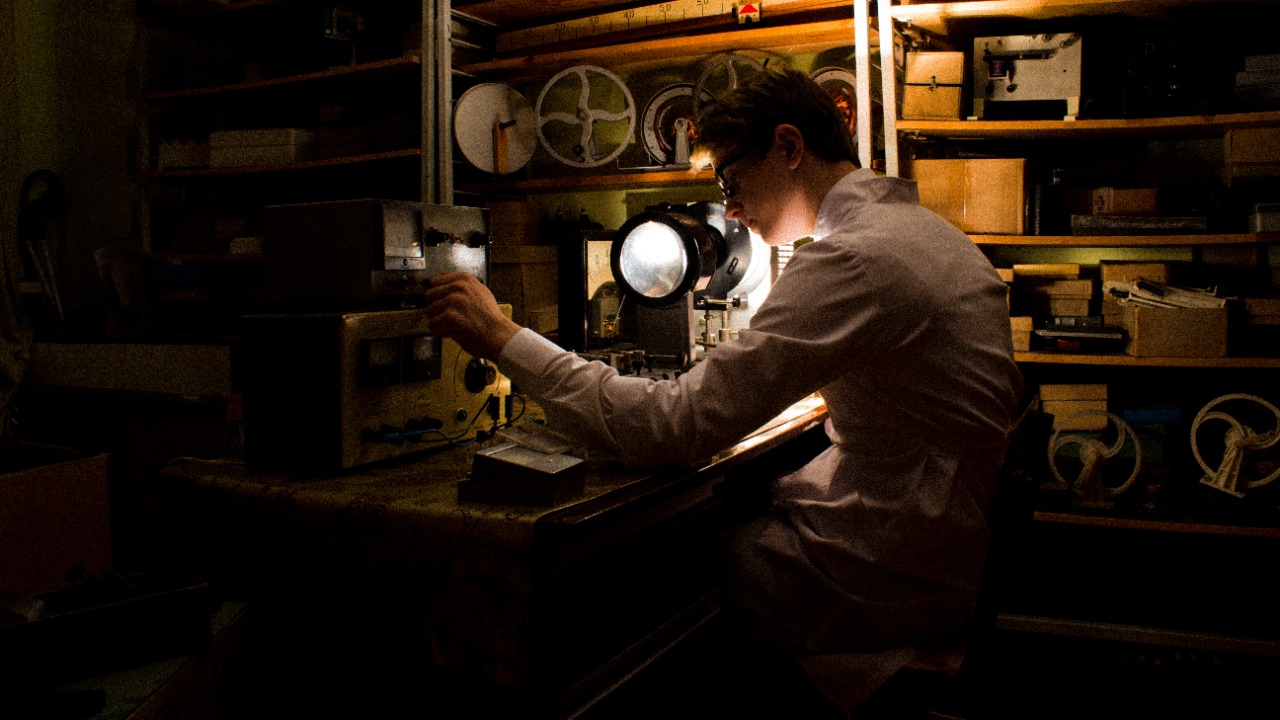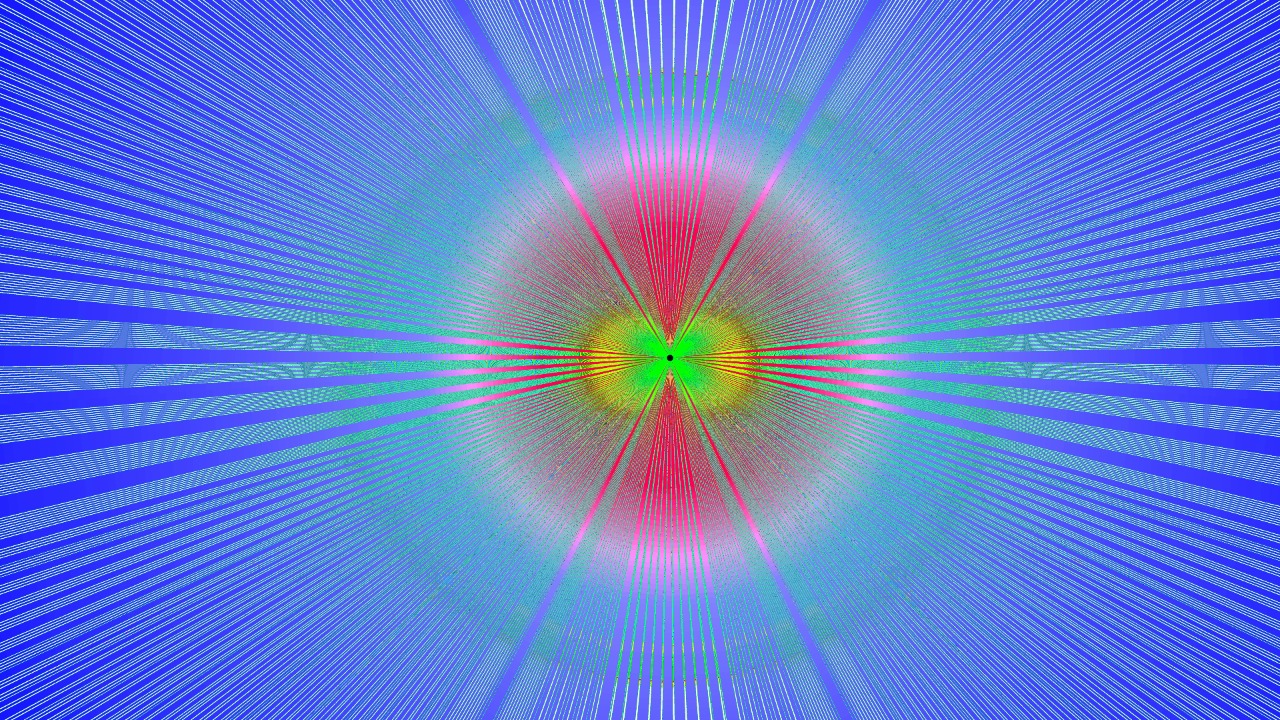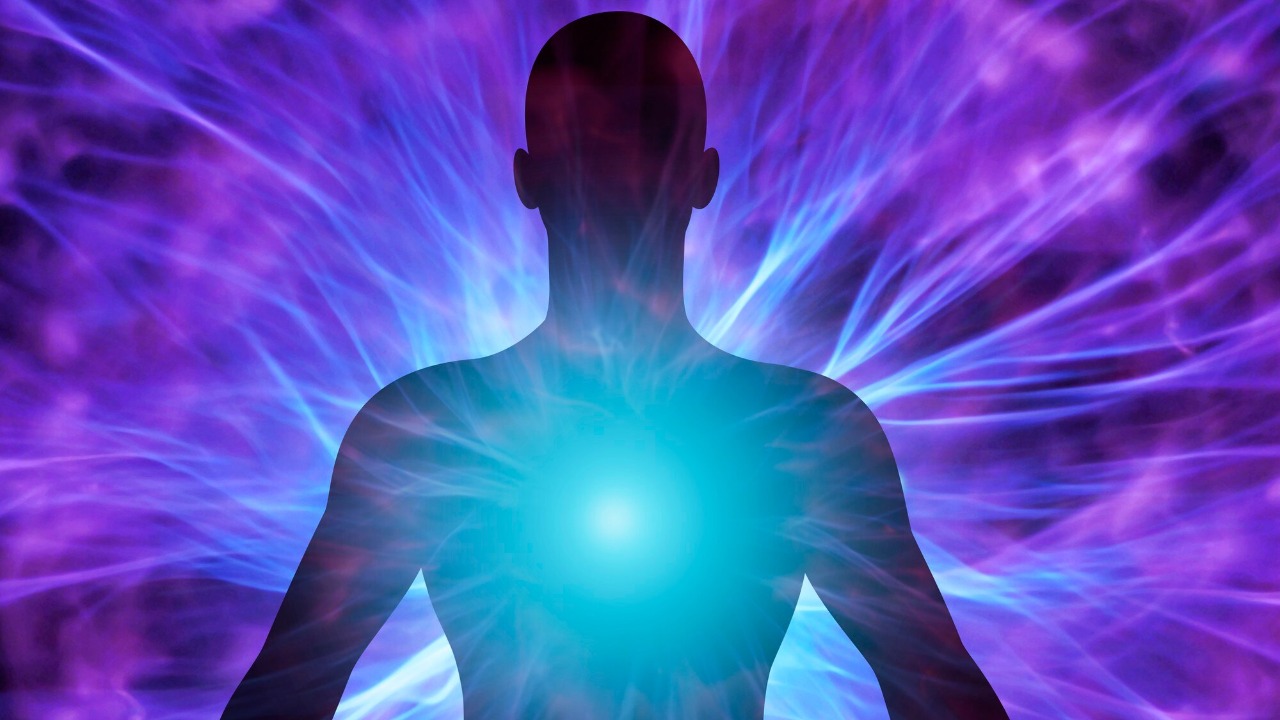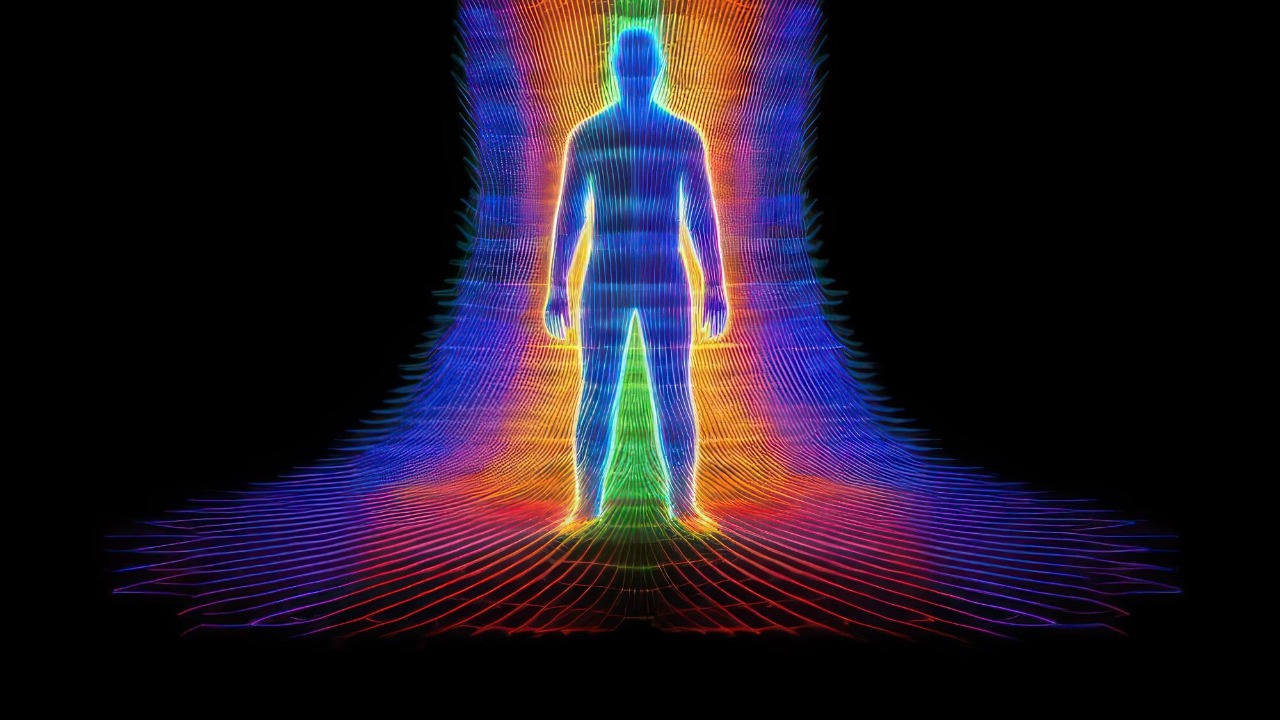
A groundbreaking study has unveiled that humans emit a visible light that disappears upon death, a phenomenon known as ultraweak photon emission (UPE). This discovery suggests that all living organisms faintly glow, with the light extinguishing at death, potentially providing a scientific basis for the concept of human auras. These findings, reported across multiple outlets, challenge traditional views on bioluminescence in mammals.
The Core Discovery

The revelation that humans emit a visible light is a significant breakthrough in our understanding of life processes. This glow, subtle yet discernible, is present in living individuals but vanishes completely upon death, as reported by The Brighter Side News. The study suggests that all humans give off this light continuously until the moment of death, a phenomenon that has been largely overlooked until now.
What makes this discovery even more intriguing is the precise timing of the light’s disappearance. According to the CBN News, the light humans give off extinguishes exactly at the moment of death. This finding not only challenges our understanding of life and death but also opens up new avenues for research into the nature of life itself.
Scientific Mechanism Behind the Glow

The faint glow observed in all living things, including humans, is due to a process known as ultraweak photon emission (UPE). As explained by Science Focus, UPE is a biological process that results in the emission of light. This light is visible yet subtle, and it is tied to biological processes that cease at death.
The study also delves into why this light disappears in death. The cessation of the light is linked to the end of vital cellular activity, as reported by The Brighter Side News. This suggests that the light could be a marker of life, indicating the presence of active biological processes.
Delving deeper into the science of UPE, it’s important to understand that this light emission is a byproduct of metabolic processes. As cells go about their daily tasks, they produce energy in the form of ATP (adenosine triphosphate). This process involves the transfer of electrons, which can occasionally lead to the production of excited molecules. These molecules can then return to their ground state by releasing energy in the form of light, resulting in UPE. This is why the light is tied to biological processes and why it ceases at death when metabolic activity stops.
Furthermore, the intensity of this light can vary depending on several factors. For instance, the rate of metabolic activity, the type of cells involved, and the overall health of the organism can all influence the strength of the glow. This variability could potentially be used to gauge the health status of an individual, opening up new possibilities for non-invasive health monitoring.
Connection to Human Auras

The study’s evidence of light emission from the body raises the question: do humans really have an aura? As reported by PennLive, the visible light emitted by humans could scientifically validate longstanding beliefs in auras that vanish at death.
The potential shock value of the study lies in its bridging of pseudoscience and biology. The observed photon emissions could provide a scientific basis for the concept of auras, a belief that has been largely confined to the realm of pseudoscience. This intersection of biology and spirituality is a surprising and intriguing aspect of the study.
The concept of auras has been a part of human culture for centuries, with various traditions associating them with spiritual energy or the life force of an individual. The study’s findings suggest that this cultural belief may have a basis in biological reality. The light emitted by humans could be interpreted as a form of aura, providing a physical manifestation of the life force that many cultures believe in. This could lead to a reevaluation of the concept of auras, shifting it from the realm of pseudoscience to a topic of legitimate scientific inquiry.
Moreover, the study’s findings could also have implications for practices that involve the perception or manipulation of auras, such as energy healing or aura reading. If the light emitted by humans can indeed be equated with auras, then these practices may have a basis in observable biological phenomena. This could lead to a greater acceptance of these practices in mainstream society and could also spur further research into their potential benefits and mechanisms of action.
Broad Implications for Living Organisms

The study extends the phenomenon of UPE to all living things, not just humans. As reported by Science Focus, all living organisms faintly glow, with the light serving as a marker of life that extinguishes universally at death across species.
Examples from the research show consistent subtle emissions in healthy living tissues, further supporting the idea that the light is a marker of life. This discovery could have significant implications for our understanding of life processes and could potentially lead to new methods for monitoring health and detecting disease.
While the study primarily focuses on humans, the findings have broad implications for all living organisms. The fact that all living things emit light suggests that UPE is a universal biological phenomenon. This could lead to a reevaluation of our understanding of life processes, with light emission becoming a key indicator of life. It could also have practical applications, such as the development of new methods for detecting life in extreme environments or on other planets.
Moreover, the study’s findings could also have implications for our understanding of evolution. If light emission is a universal characteristic of life, then it must have evolved very early in the history of life on Earth. This could lead to new insights into the early evolution of life and could also provide clues about the conditions necessary for life to emerge. The study’s findings thus open up a whole new field of research with potentially far-reaching implications.
Timeline of Reporting and Study Emergence

The surprising new study on visible light vanishing at death was first reported on May 13, 2025, by Science Alert. The following day, CBN News followed up with a report revealing that humans give off light that extinguishes at death.
On May 16, 2025, PennLive reported on the study’s potential to shock regarding human auras and light emission. This was followed by a report on May 20, 2025, by Science Focus, suggesting that all humans emit subtle light until death via UPE. The most recent report, on May 21, 2025, by The Brighter Side News, further emphasized that humans glow in visible light that disappears in death.
Following the initial reports, the study quickly gained traction in the scientific community and the media. The implications of the findings, both in terms of our understanding of life and the potential applications, sparked widespread interest. This led to a flurry of reports and discussions, highlighting the significance of the study and its potential to reshape our understanding of life.
As the study continued to make headlines, it also sparked debates and discussions among scientists and the general public. The potential implications of the findings, particularly in terms of the concept of auras and the potential applications in health monitoring, led to a surge of interest in the study. This timeline of reporting and study emergence underscores the significance of the findings and their potential to reshape our understanding of life and death.
Potential Applications and Future Research

The detection of UPE could lead to the development of non-invasive tools for monitoring life signs in medical settings. As suggested by Science Focus, the light emitted by living organisms could be used as a marker of health, providing a new method for monitoring patient conditions.
Future research could also explore why the light extinguishes at death, possibly informing studies on cellular decay. As reported by CBN News, understanding the mechanisms behind the disappearance of the light could provide insights into the processes of death and decay.
Furthermore, investigations into aura-like emissions could lead to broader intersections between biological and spiritual science. As suggested by PennLive, the observed photon emissions could provide a scientific basis for the concept of auras, potentially bridging the gap between science and spirituality.